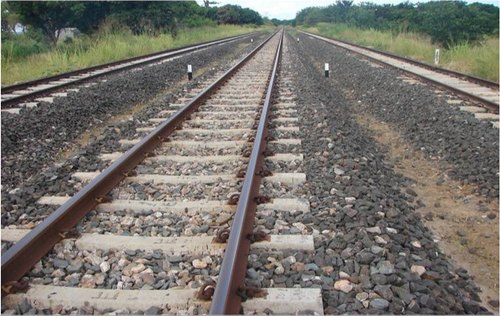Bhubaneswar/Bargarh: The Indian Railways has achieved significant progress in constructing the 138.32-km new railway line connecting Bargarh Road to Nawapara Road.
This Special Railway Project is expected to revolutionise the transportation landscape in western Odisha by providing a new, shorter, and more efficient route for both passenger and freight services.
The Bargarh Road–Nawapara Road line, with a total cost of Rs 2,621.92 crore, was approved by the Railway Board September 10, 2024.
The Odisha government has played a pivotal role in supporting this ambitious project by offering land free of cost and providing a grant of Rs 300 crore to ensure its smooth execution.
A crucial component of the project is the acquisition of 924.64 hectares of land, with an estimated cost of Rs 364 crore. This includes 752.524 hectares of private land, 123.233 hectares of government land, and 48.913 hectares of forest land.
The new railway line will be an electrified broad gauge (BG) main line, offering a more efficient alternative to the congested Jharsuguda–Bilaspur– Raipur corridor.
Also Read: ECoR achieves 200 MT freight loading in just 290 days
The new route will reduce travel by 53 km compared to the Sambalpur–Jharsuguda–Raipur route and by 87 km compared to the Sambalpur–Titlagarh–Raipur route, thereby improving transit times for passengers and freight.
The project will boost freight capacity between Odisha and Chhattisgarh, benefiting industries such as steel plants, coal transportation, and iron ore shipping to key locations like Raipur. The line will support the transportation of finished steel from steel plants, coal from Angul, and iron ore from Daitari and Gandhamardhan, significantly reducing logistics costs and enhancing trade efficiency.
According to East Coast Railway (ECoR) sources, the route will improve access to major industrial hubs such as JSW Steel in Lapanga, Vedanta Aluminium Ltd. in Jharsuguda, and ACC Bargarh Cement Works in Bargarh.
In addition to enhancing passenger transportation, the project will serve as a critical enabler for regional economic growth. It will benefit a wide range of industries, including steel, cement, food grains, and coal, thus fostering economic development in the region.
PNN

